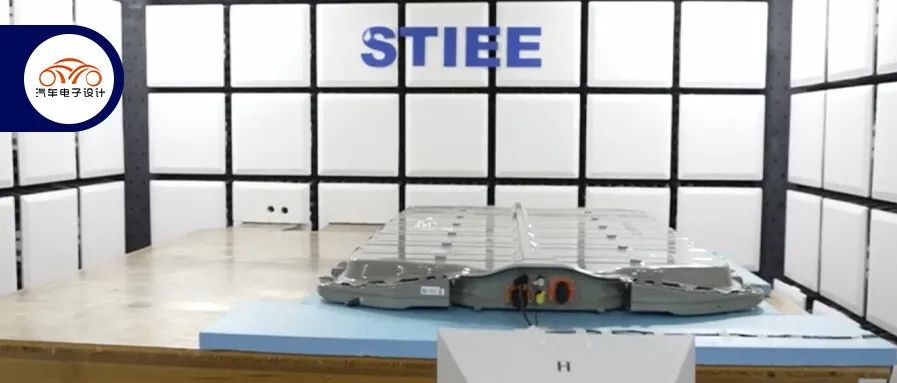Author: Zhu Yulong
Recently, the Zhihu Disassembly Lab conducted a systematic test and dismantling of LYRIQ’s battery system for General Motors’ universal development. XIAOFEI, a member of the team, was responsible for the wireless battery management system, which is quite interesting. After reading the report, let’s discuss whether there is room for expansion of the wireless battery management system in the CTP era.
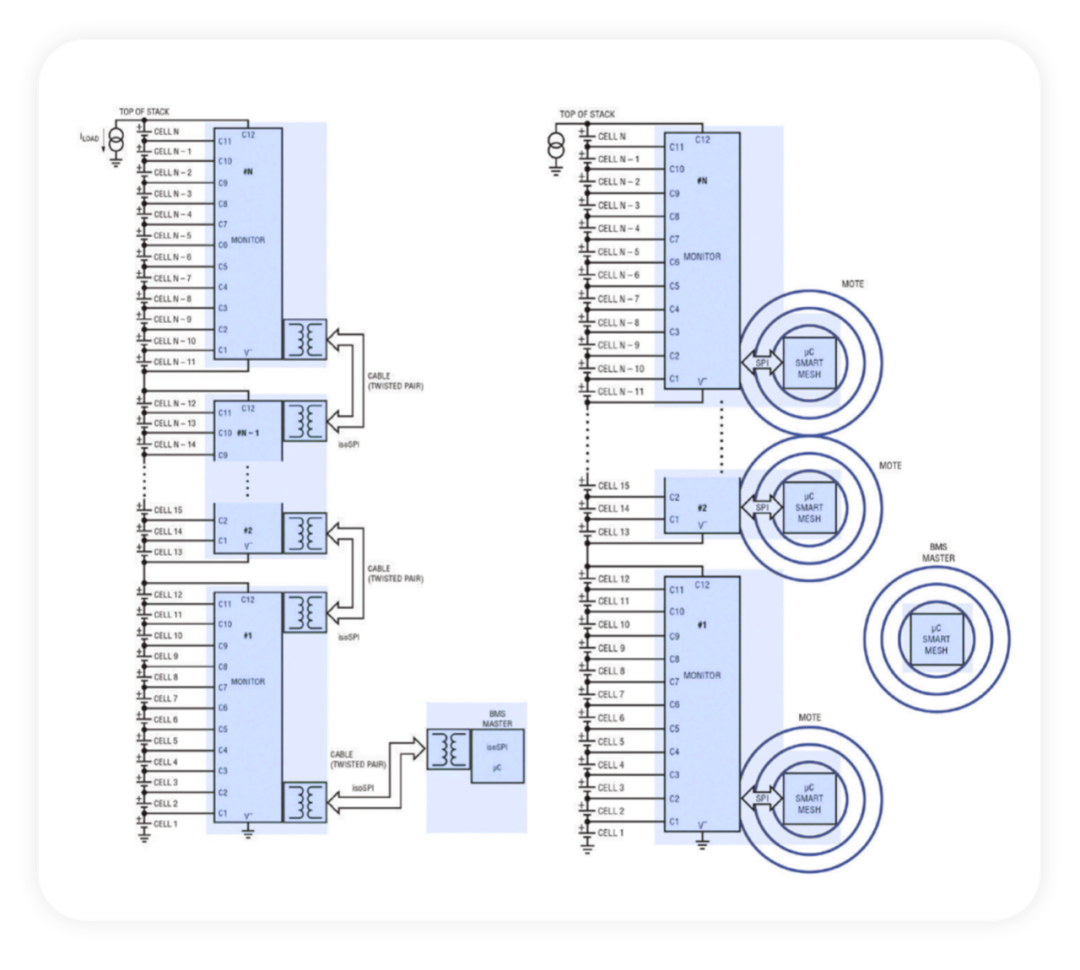
My personal opinion is:
- In the CTP era, whether it is a square shell or a blade, the simplification of the sampling line and the cascade of the remaining communication and power lines after the CMUs of the battery collection have little value.
For BEV platforms doing 800V and more than 200kWh batteries, a lot of CMUs are needed, and the actual effect needs to be tested by practical disassembly. This design of nearly 200 channels may be feasible.
- In the short term, the direction of battery management system can be focused on the integration around the power-domain controller, and wireless technology may not be so important. It needs to be considered with IT in the cloud, and the independence of the whole vehicle’s BMS is not so significant.
General who eats crab
The innovation capability of General Motors in the BEV3 battery system mainly lies in the introduction of the world’s first wBMS wireless battery management system, which added several units including BRFM and BDSB and CMU on the basis of the unchanged VICM.
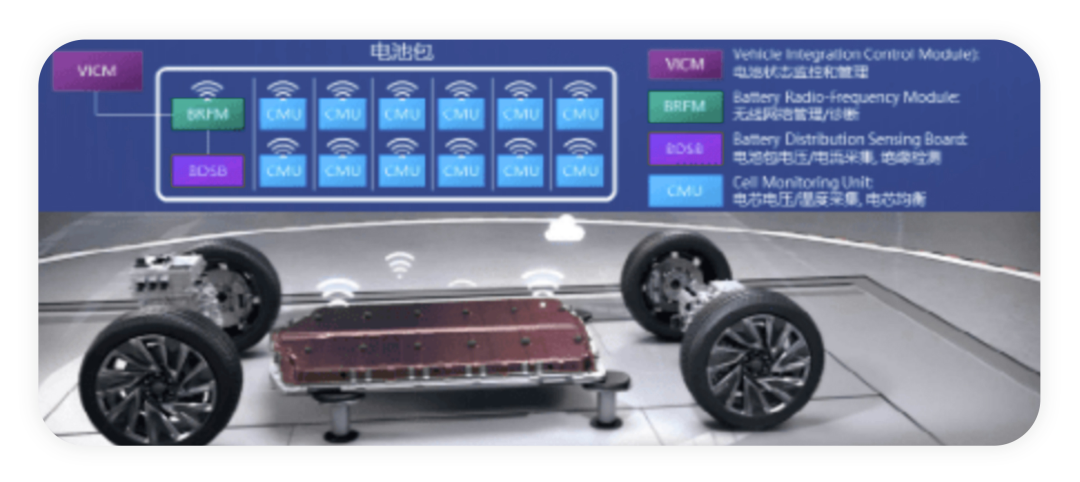
According to the modularity design of the BEV3, the wireless battery management system has cut 90% of the wiring harness inside the battery pack, reduced the weight of the battery pack, increased energy density, and reduced the complexity of the system. The wBMS system embeds an RF chip inside each module monitor and BMS controller to build a wireless network called SmartMesh, which connects and transmits data between module monitors and BMS controllers.
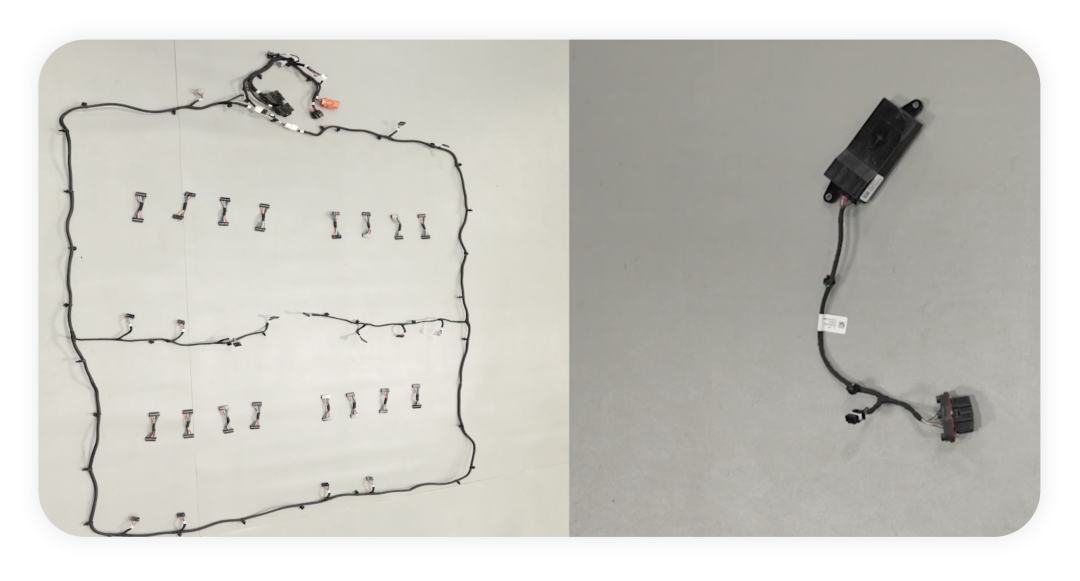 To demonstrate the reliability of this product, wireless signal interference testing and radiation testing, which are related to wireless communication technology, were mainly carried out in the video. Regardless of Bluetooth, WIFI, 4G, or 5G networks, there are situations where the network is unstable. With the guidance of Xiao Feige, this system can still work stably even with 28 mobile phones as interference sources under strong interference. This wBMS system uses the 2.4GHz wireless transmission frequency band, applies the SmartMesh network architecture, and uses adaptive random frequency hopping technology. When the system detects interference on the current communication frequency band, the wireless master node chip in the wBMS system will determine the next communication frequency band and inform the slave node chip, which can automatically switch to the interference-free frequency band, thereby avoiding interference. The SmartMesh network architecture uses a time-synchronous channel hopping link layer for communication, with redundant paths to overcome communication interruption caused by interference, physical obstruction, or multipath fading. In case of an abnormality, nearby modules will be used for communication.
To demonstrate the reliability of this product, wireless signal interference testing and radiation testing, which are related to wireless communication technology, were mainly carried out in the video. Regardless of Bluetooth, WIFI, 4G, or 5G networks, there are situations where the network is unstable. With the guidance of Xiao Feige, this system can still work stably even with 28 mobile phones as interference sources under strong interference. This wBMS system uses the 2.4GHz wireless transmission frequency band, applies the SmartMesh network architecture, and uses adaptive random frequency hopping technology. When the system detects interference on the current communication frequency band, the wireless master node chip in the wBMS system will determine the next communication frequency band and inform the slave node chip, which can automatically switch to the interference-free frequency band, thereby avoiding interference. The SmartMesh network architecture uses a time-synchronous channel hopping link layer for communication, with redundant paths to overcome communication interruption caused by interference, physical obstruction, or multipath fading. In case of an abnormality, nearby modules will be used for communication.
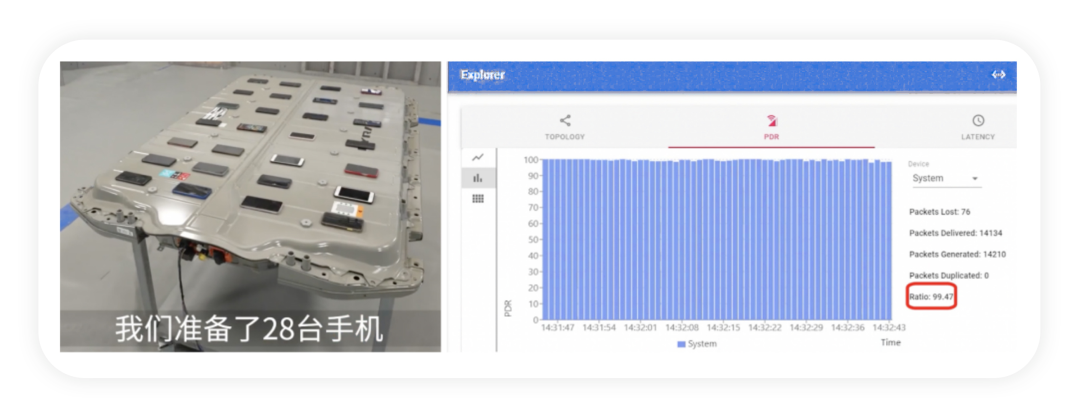
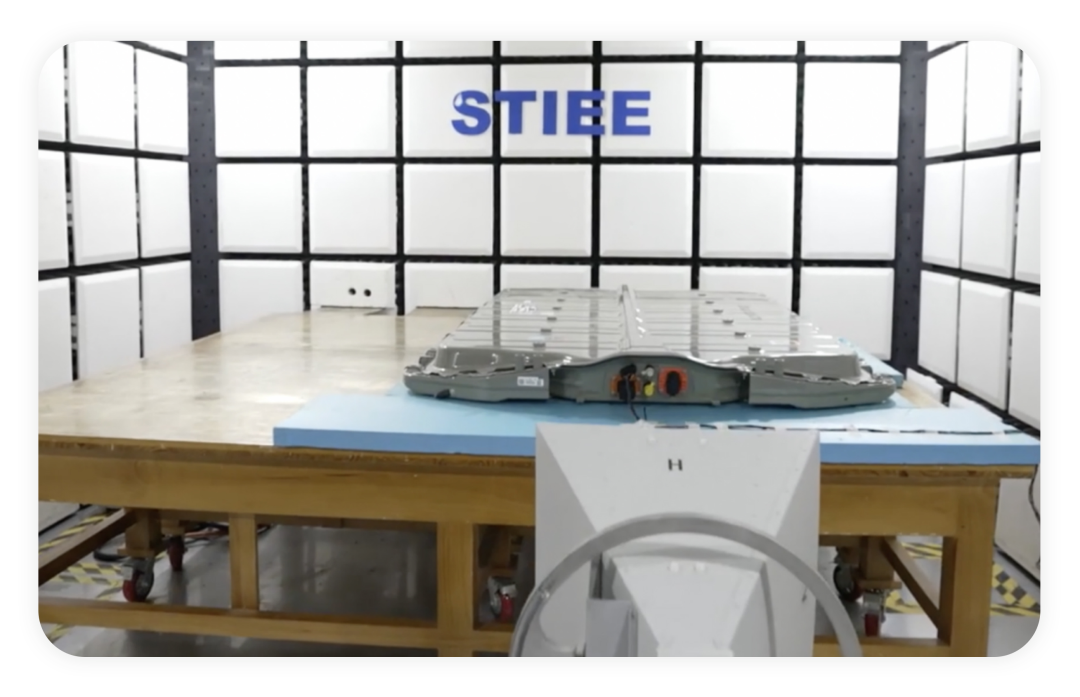
Of course, many consumers are also concerned about radiation issues, and EMC radiation testing results were also compared here. In fact, thanks to the efforts of engineers and the improved design of EMC, the radiation intensity of this system is slightly higher than that of Bluetooth headsets and lower than that of computers.
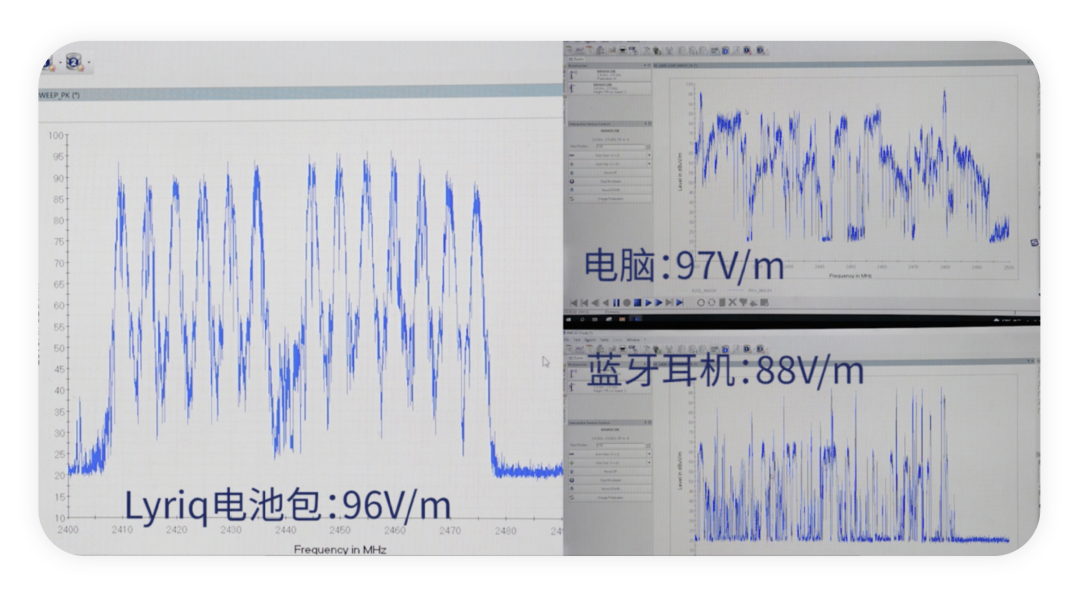
The purpose of wireless battery management system may be to transition the automobile to wireless communication, and of course, the various advantages mentioned above do exist. But the more important purpose is the transition to intelligent electronic and electrical architecture.
Advantages and Disadvantages of Wireless Battery Management
In China, both Huawei and CATL have made rapid progress, as shown in the figure below, with Huawei’s Starlight BMS and CATL’s new design in battery swapping.
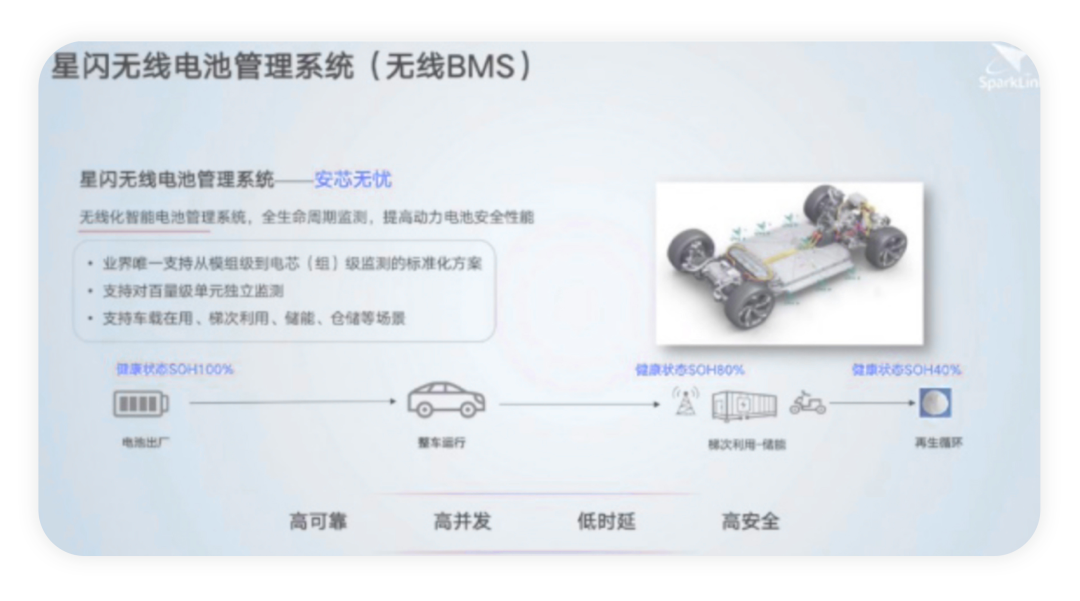
While the communication logic between small battery packs and the compatibility with the overall system and the debugging of the entire scenario may take a long time, it is present in the communication between battery packs and between battery packs and vehicles or switching stations.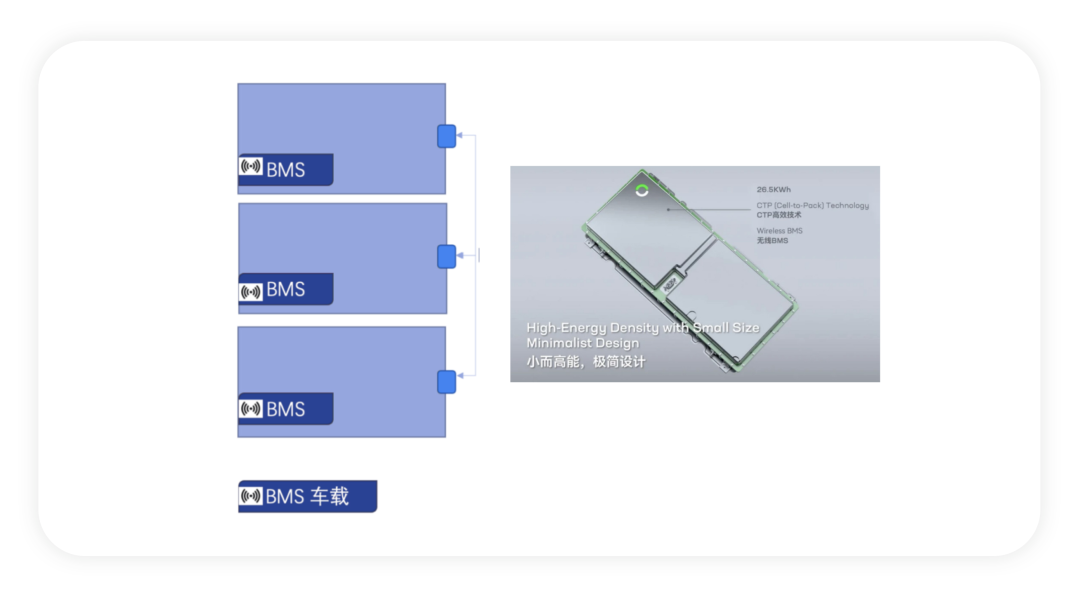
In the era of CTC, which we pay more attention to, the arrangement of CMUs around the side based on the design of the entire package actually has little difference in terms of space and cable design simplicity. I mean, if we consider the layout of CMUs on the side for highly integrated solutions like long blade, short blade, 4680, and even NINGDE TIME’s CTP3.0, where the savings of communication cables and space can be ignored, it seems not cost-effective to make this design.
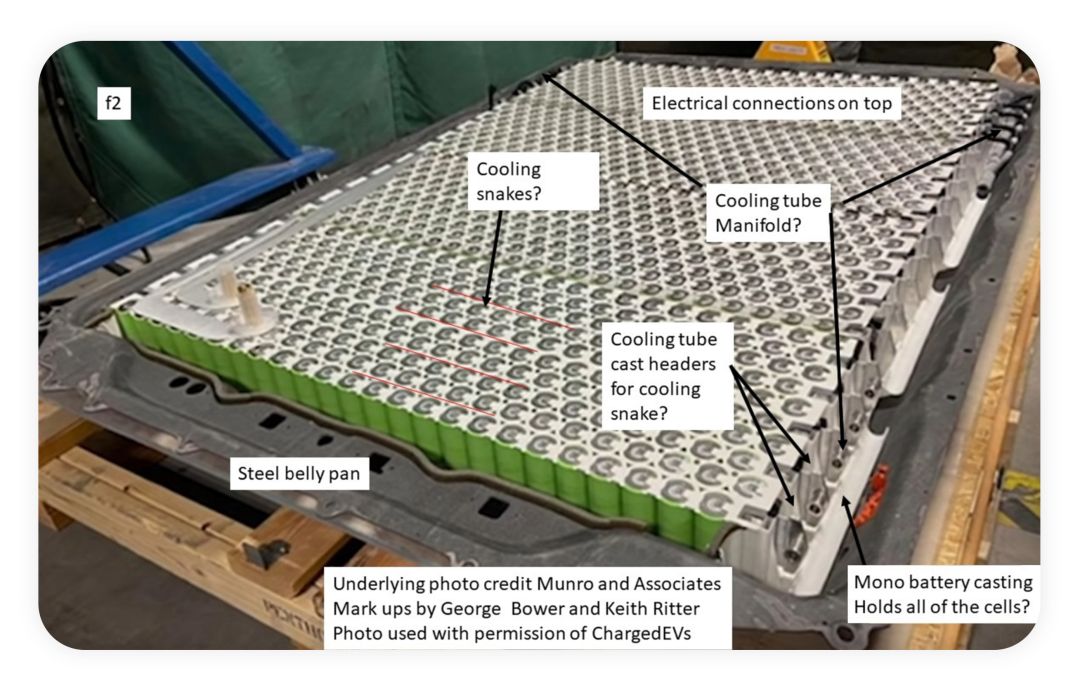
Of course, I think the next step is to further switch the AFE from a hard board to a soft board and optimize the CMU to be smaller and lighter, which is more valuable to the system.
In summary: I think the evolution of the completeness of battery management systems may be influenced by the entire package design and the entire lifecycle. Data and algorithms may be taken away by domain controllers and backends, and the hardware circuit design is constrained by the package arrangement. The sampling part follows the line, and the calculation part is integrated by the domain controller. These are some possibilities I have observed for your reference.
This article is a translation by ChatGPT of a Chinese report from 42HOW. If you have any questions about it, please email bd@42how.com.
